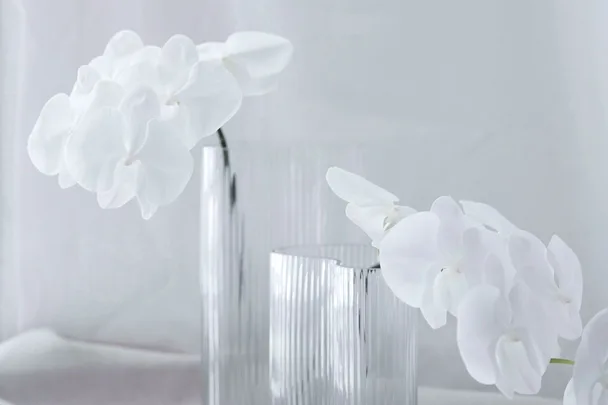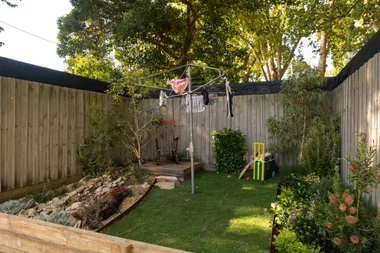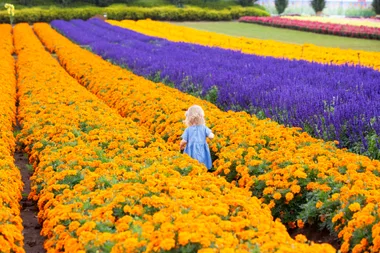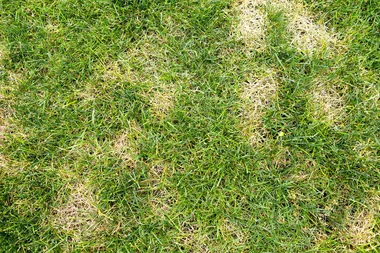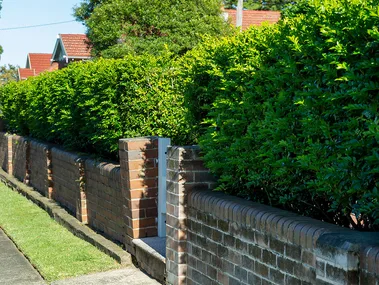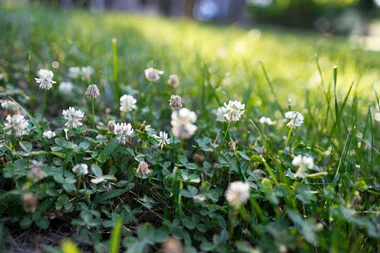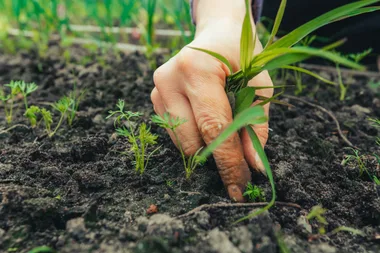Orchids are a large, diverse group of plants, and not all of them are difficult. Some are quite easy. Gain confidence with these gorgeous plants with the ones that are easiest to succeed with!
WATCH: All about orchids
How to water orchids
Overwatering is a common cause for dead orchids. People typically ask about a plant’s water needs by inquiring how often they should water, and it’s this “how often” mindset that is a big part of the problem. How often you should water a plant depends on how much water it uses, which is a function of humidity, light, air movement, and what its roots are growing in. Watering by the calendar rather than a plant’s needs is a recipe for failure.
So the short answer to the question of when to water most orchids, including Phalaenopsis and Cattleya, is: Just before it goes dry. How often is that? In practice, it can vary from every few days to every couple of weeks. It depends on the orchid and on the conditions in your home. One of those conditions – an important one – is the medium the orchid is growing in.
The best way to judge moisture is the old-fashioned way – stick your finger in the planting medium. Pull it out, then rub your fingers together. You can easily feel if any moisture is present. If you don’t feel any, it’s time to water. Eventually, you’ll develop a sense of how often to water, and how conditions (seasonal changes, for example) affect frequency. You’ll also develop a “feel” for how heavy the pot is when the planting medium is dry, another way to gauge moisture levels.
Editor’s Tip
A few suppliers sell clear plastic pots. When moss or bark – the best planting media for orchids – is moist, you’ll see the condensation on the inside of the pot. When it’s dry, you won’t, and you’ll know it’s time to water again.
Watering is no more complicated than pouring water into the potting medium and letting the excess drain through the bottom. I’ve noticed that some orchids available in stores are in pots with no drainage holes. That makes it far more difficult to water properly, so I’d suggest repotting in a different container (or drilling holes, if you have the tools).
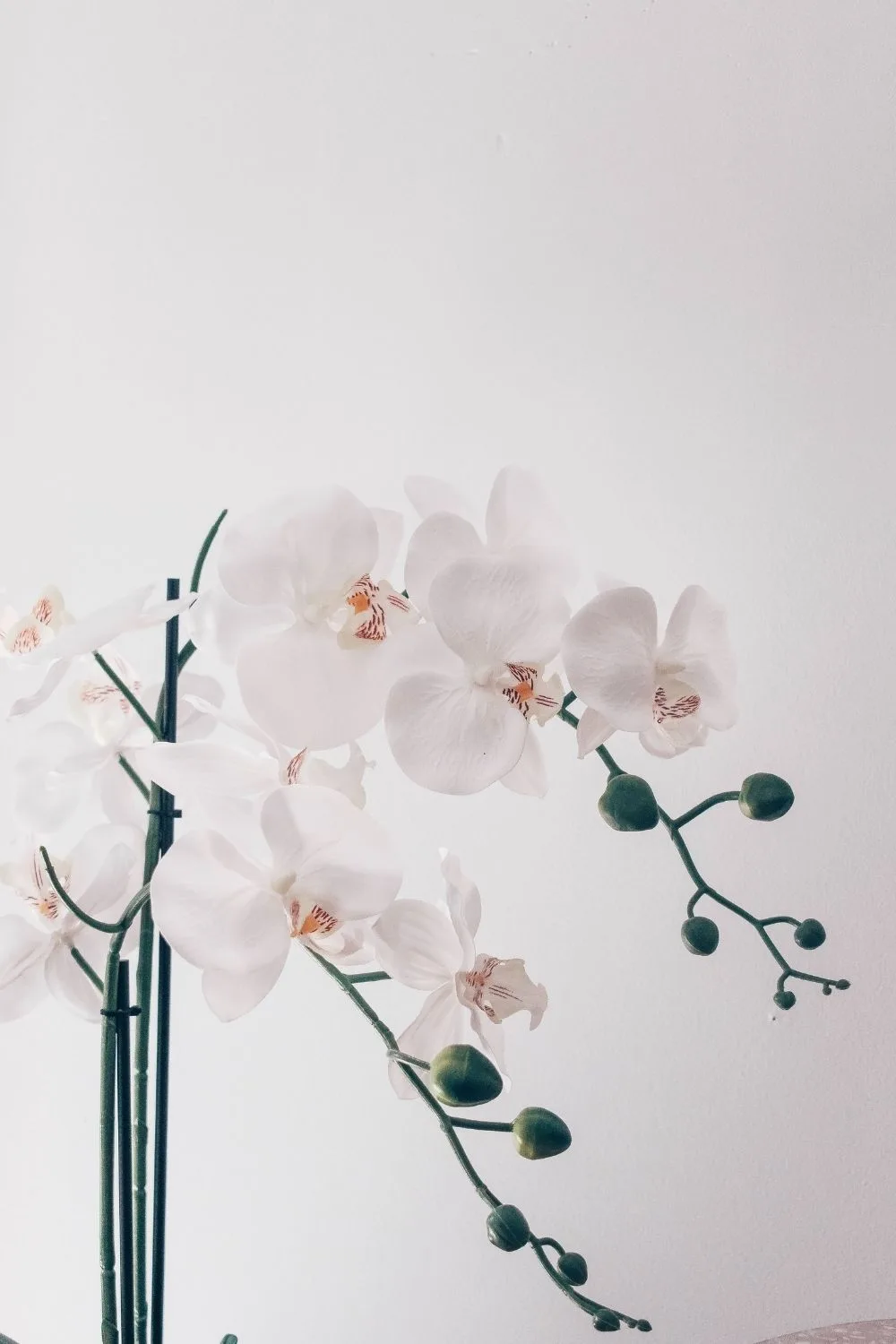
Why potting mix is important
It’s impossible to properly discuss watering without considering rooting media. Orchids are commonly potted in one of two media: moss or bark. Both are perfectly good materials, but they require somewhat different care. Moss acts like a sponge, and it takes a lot longer to dry out. Thus, for orchids like Phalaenopsis and Cattleya that need to dry out thoroughly before watering, moss requires a longer wait before watering and is less forgiving of too-frequent watering. Bark, which holds little water, poses less risk for these orchids. The rule of thumb: water the day before the medium is completely dry.
Lady slipper and nun’s orchids enjoy conditions on the moist side and they’ll do better if you don’t let them go completely dry. Moss is a good choice for them, supplying adequate water for longer intervals between watering. Can these moisture lovers be grown in bark, too? Sure, if it’s fine-textured. But be prepared to water more frequently.
Orchid media decomposes over time, especially bark. When this happens, the bark loses the fast-draining properties that many orchids prefer. That’s why it’s necessary to repot in new bark every year or two. It’s a simple two-step process. Just remove the orchid from the old bark, which you can just throw on the compost pile. Clip off dead roots (which will be dark and shriveled, compared to the firm, fleshy, light-color healthy roots). Place the orchid back into the pot and refill it with new bark.
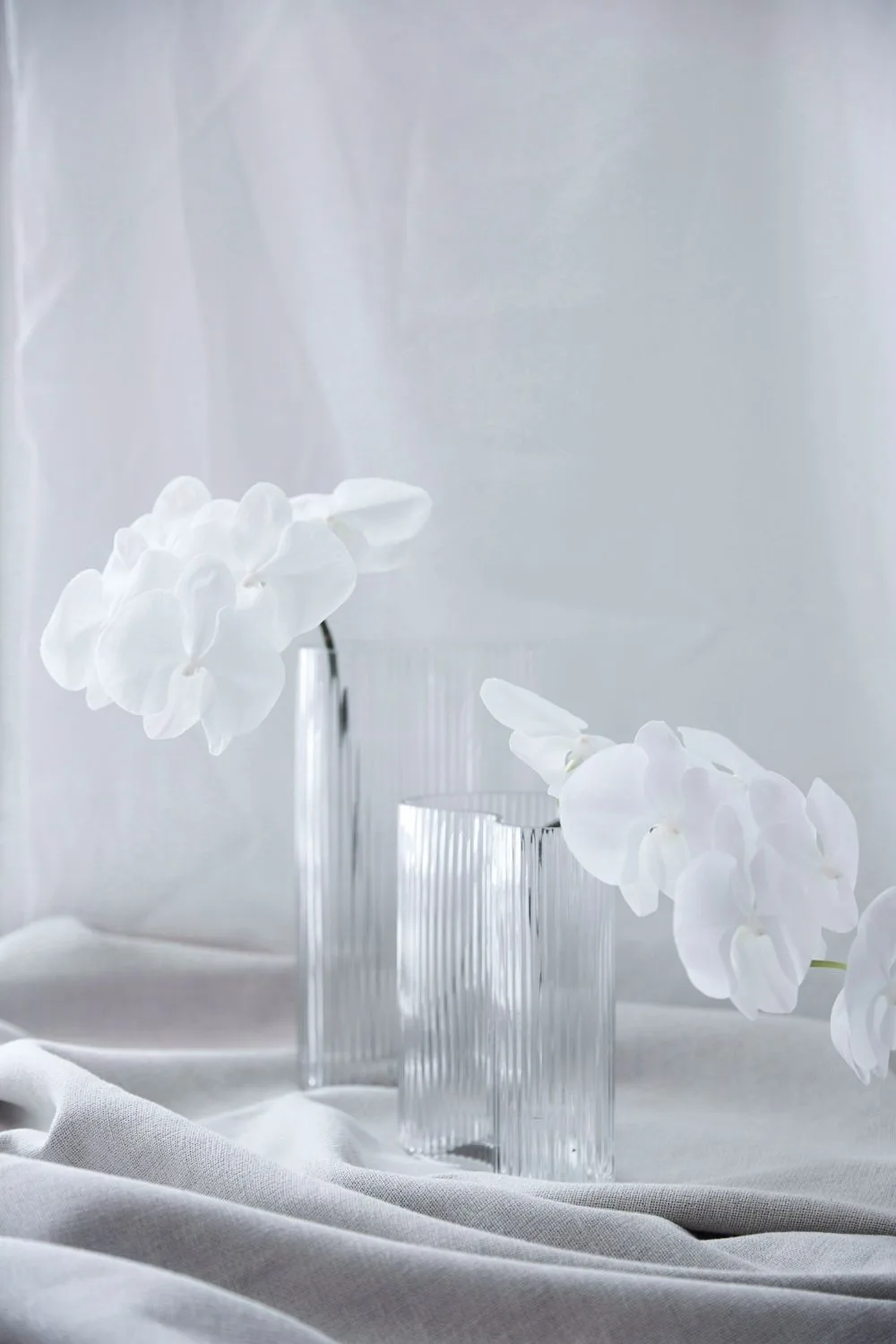
Fertilising orchids
A common recommendation is fertilising with quarter-strength, water-soluble fertiliser each time you water. That means whatever the fertiliser label says to mix into the water, use only one-fourth that amount, and add it every time you water. This constant “spoon-feeding” is good for plants and ensures you never have to worry about when you fertilised last.
Orchids and light
Homes generally have dim light (from a plant’s perspective), so orchids that tolerate low light levels stand a better chance than those that require strong light. An east-facing windowsill is a great spot to grow your orchid. The sunshine from an unscreened south-facing window can be a bit too bright (and hot), but a sheer curtain offers just the right amount of filtering. Or set the orchid back away from the window so that it’s not constantly in strong indirect light.
West-facing windows make it simply too hot for orchids. However, with some filtering (as you would with a south-facing window) you might make a go of it. The light at a north window is usually just too dim for orchids.
You may want to use a blooming orchid as a table centrepiece or put it somewhere away from a window. There’s no harm in doing so, as long as you return the orchid to better light once it’s done blooming.
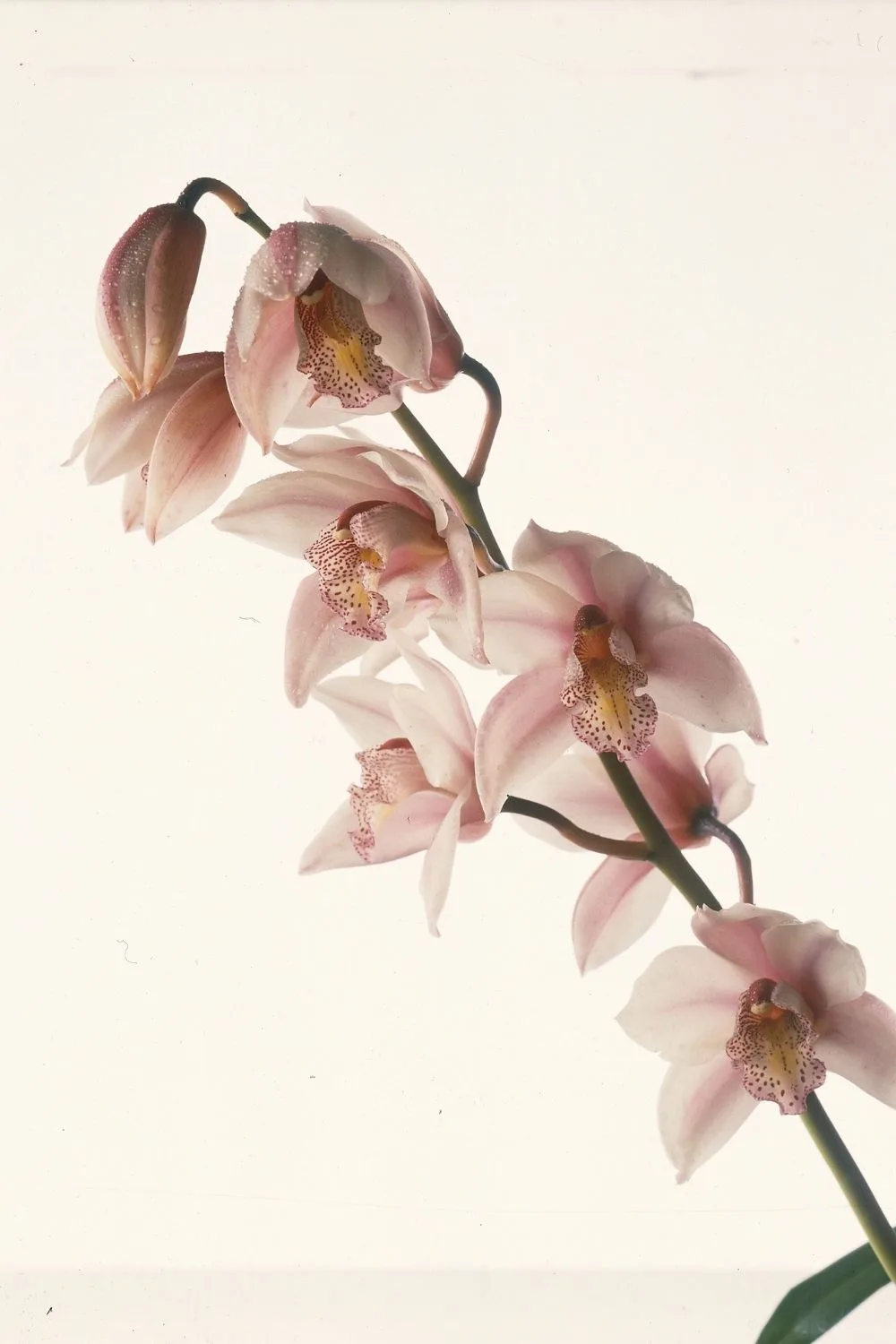
Orchids and humidity
These orchids don’t require rainforest humidity and may do OK in your home without extra measures. But the dry atmosphere of an air-conditioned home can be challenging. That’s why a daily mist, or setting orchids on a moist bed of gravel, helps success.
One precaution: orchid pots should sit atop the gravel, not nestled within it. Otherwise, you risk wicking moisture up through the bottom of the pot and saturating the roots.
This article originally appeared on Better Homes and Gardens US.
